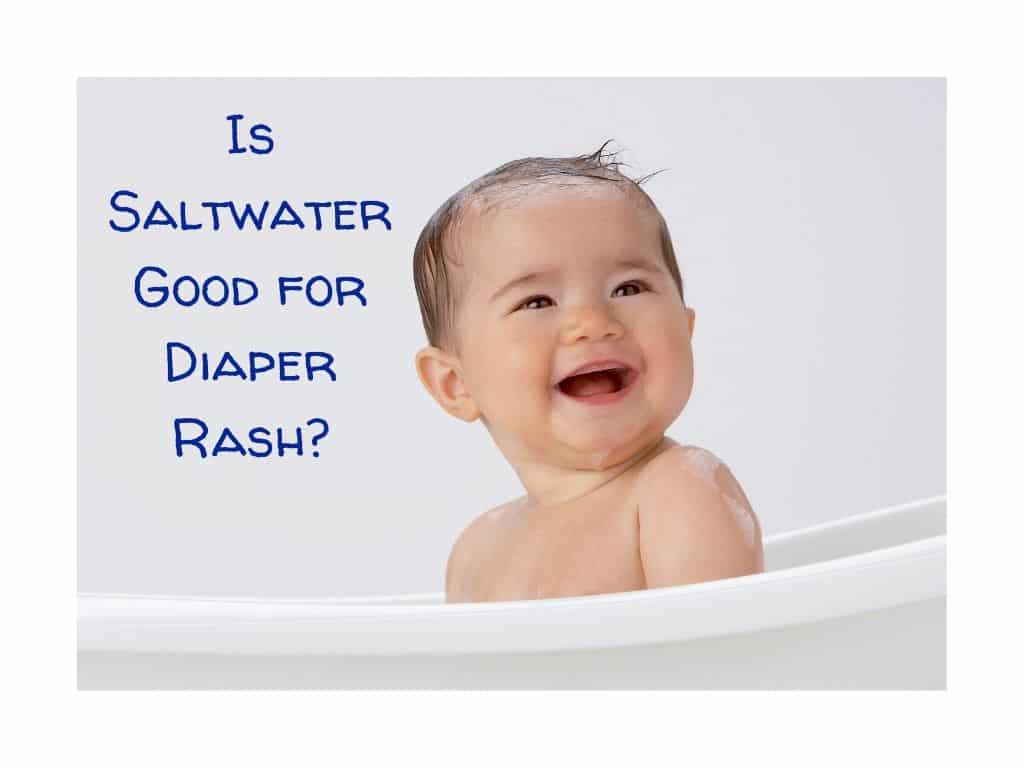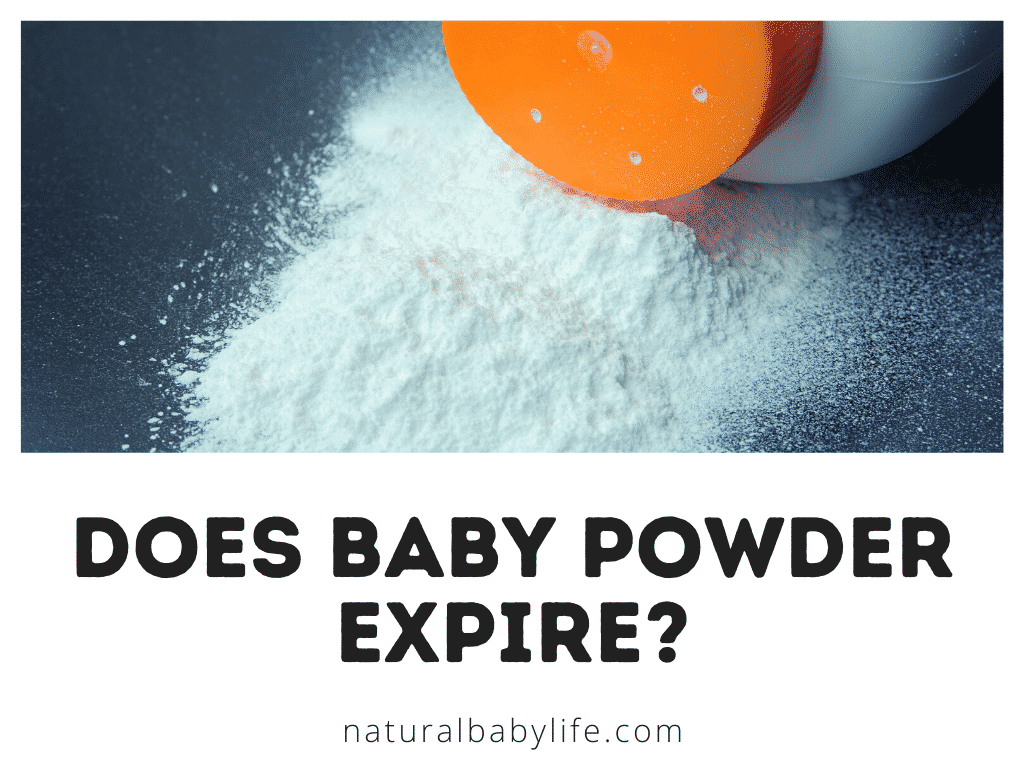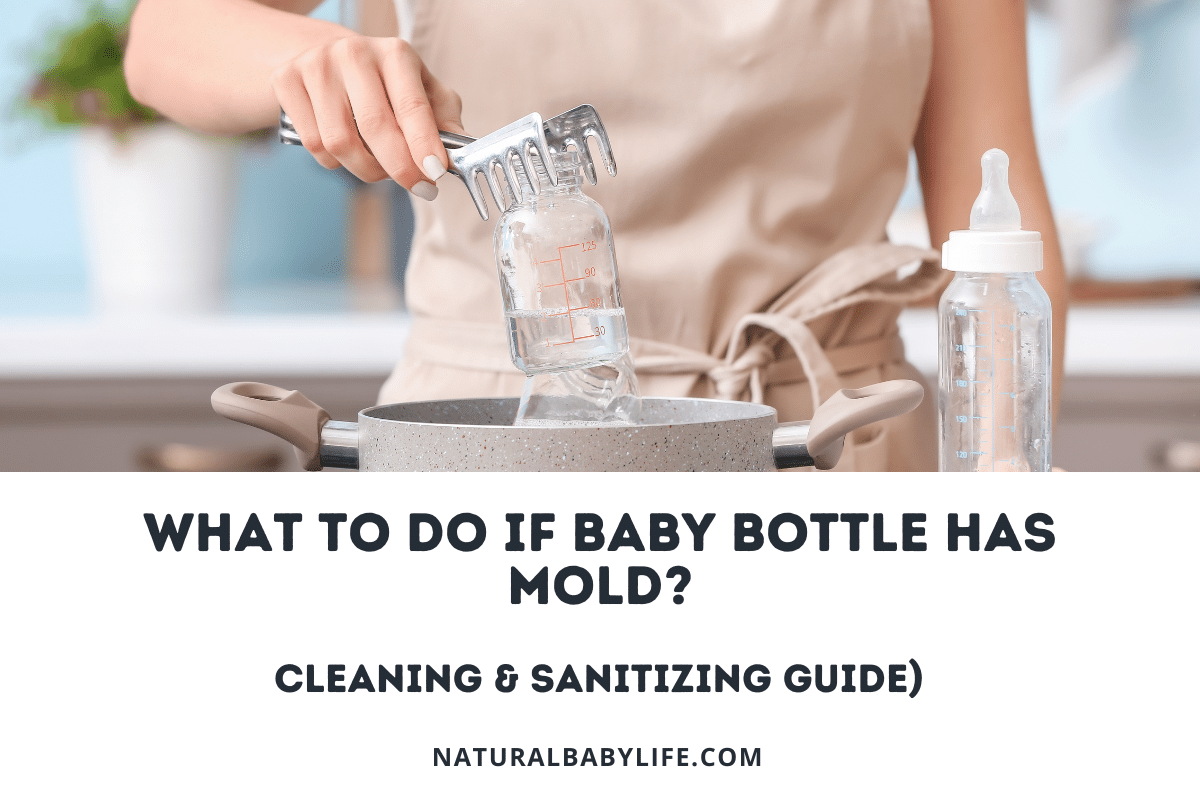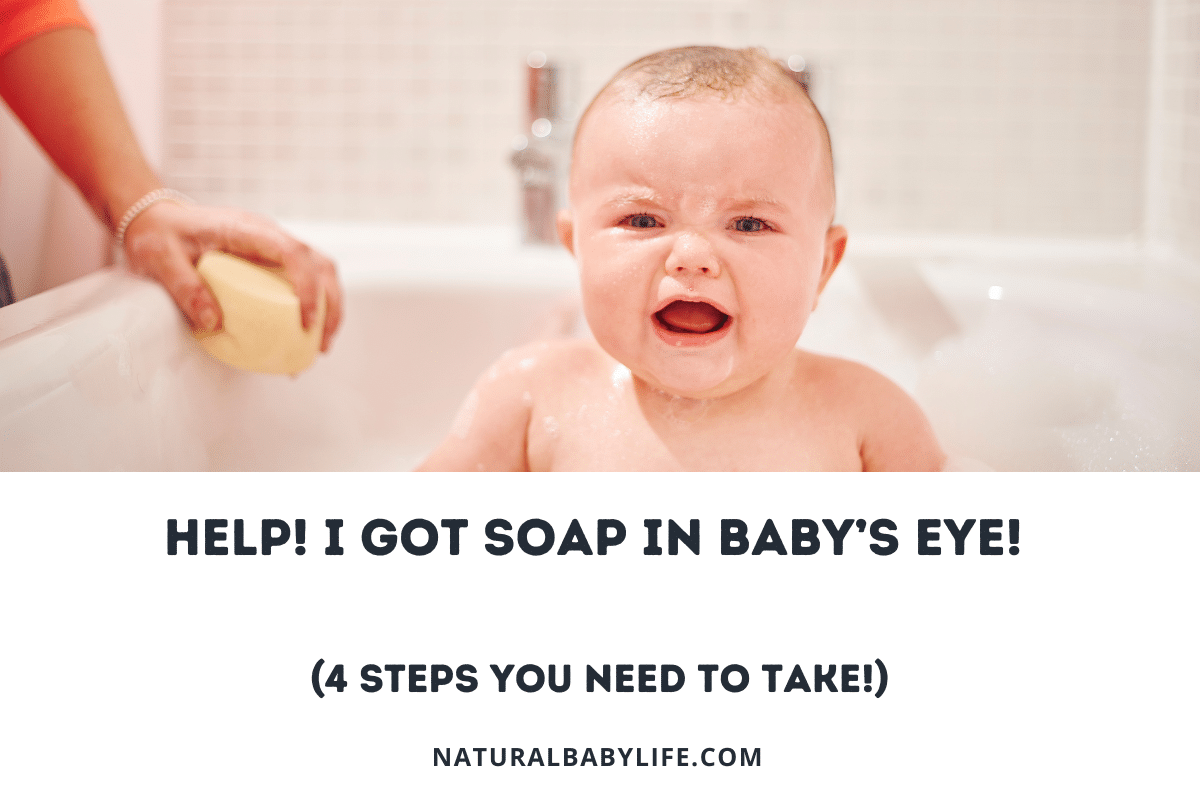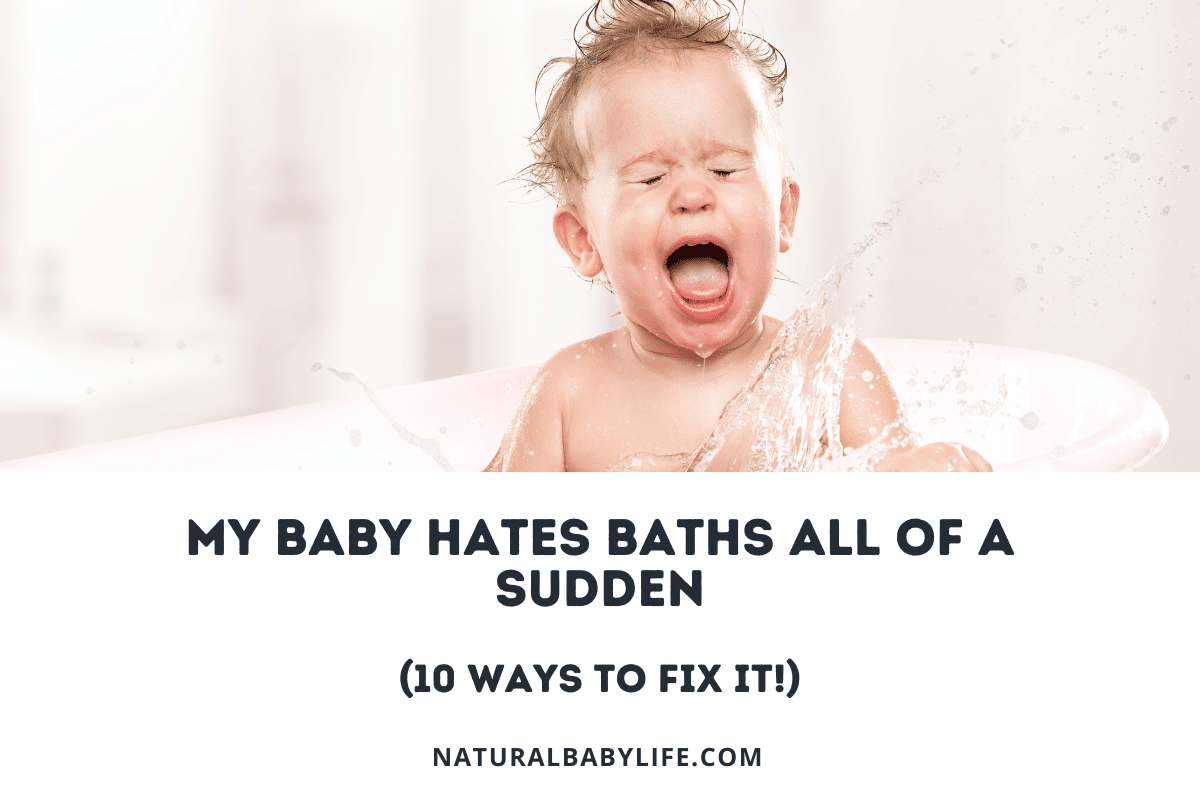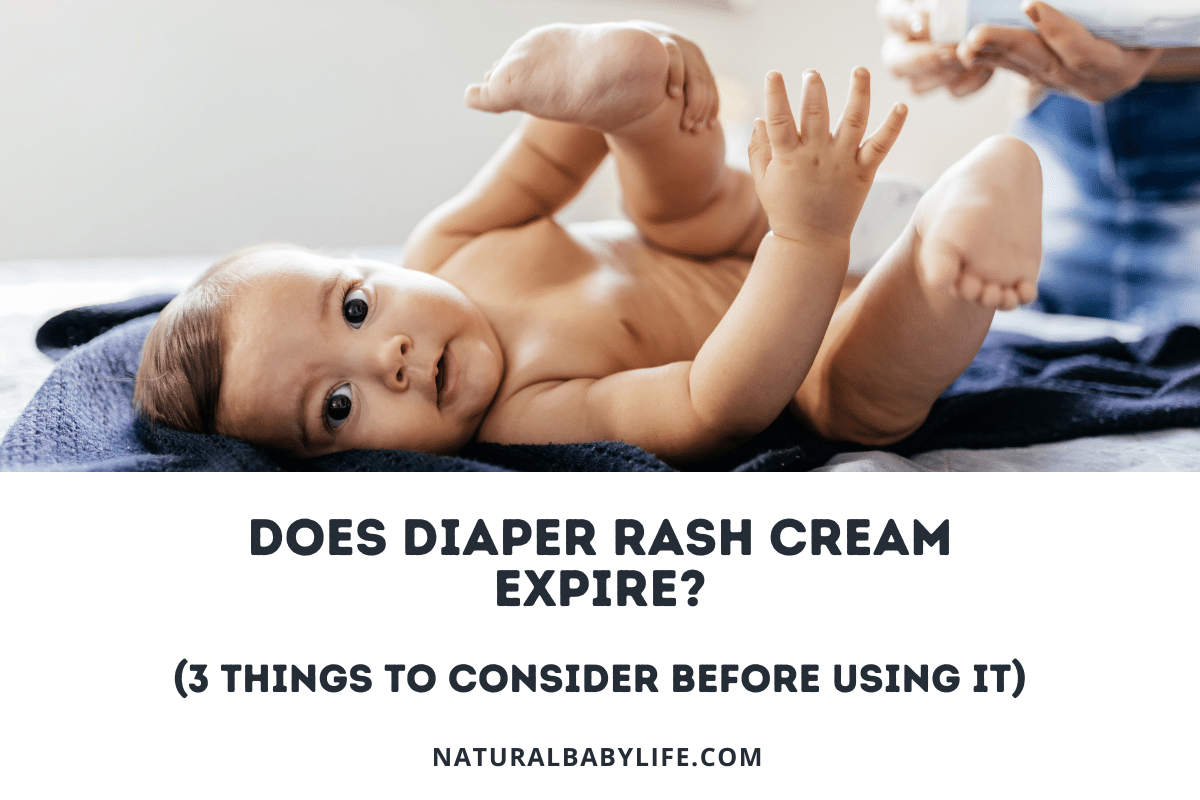When your baby has a diaper rash, it’s terrible for both of you. There is a wide variety of creams and ointments available that claim to soothe and treat diaper rash quickly, but many of them contain chemicals that you might not want to expose your baby to while others have great ingredients but are not good to use with your cloth diapers. Instead of buying a single-use ointment or cream, consider treating your baby’s diaper rash with a bath using table salt or Epsom salt that you probably already have around the house.
Both standard table salt and Epsom salt baths are quick and easy natural home remedies for diaper rashes that could reduce inflammation and help speed up the healing process. While many parents recommend these methods, care should be taken not to let your baby swallow the saltwater or become dehydrated.
Keep reading to find out the differences between regular salt and Epsom salt, how each may help relieve your baby’s diaper rash, and how to prepare the salt bath of your choice for your baby.
Table of Contents
What is the difference between table salt and Epsom salt?
If you remember high school chemistry, you may recall that a salt is any chemical compound with a cation and an anion that’s produced when you combine an acid and a base. If you don’t recall that (chemistry, right?) then you probably do know that the salt that you are probably most familiar with is Sodium Chloride, or table salt.
Epsom salt, on the other hand, is a completely different kind of salt. Its chemical structure is Magnesium Sulfate, and its common name comes from the town where it was first discovered (Epsom in Surrey, England). While it looks a bit like table salt, it has a bitter taste and should not be consumed.
Other than the chemistry, the most important thing that you need to understand about the difference between table salt and Epsom salt is that while regular salt can have a drying effect on the skin and can also leave a residue (like when you go swimming at the beach!). Epsom salt, on the other hand, has been found to soften the skin in most cases and washes away easily. The sulfur component of Epsom salt also gives it more antibiotic properties than standard sodium chloride.
As a result, Epsom salts are likely a great choice for helping to soothe diaper rash irritation for your little one!
Does salt water help diaper rash?
For years, many people believed that seawater would clean wounds and encourage them to heal because the salt helped to gently remove the dead or damaged tissue. While this has been disproven in recent years because seawater often has other contaminants that could cause significant infections, the core concept is solid.
A simple saline solution of salt and uncontaminated water, however, could help speed the healing of a moderate diaper rash. If nothing else, saltwater has been shown to reduce inflammation and will give your baby relief from the pain and discomfort it causes.
You can make your own (clean) saltwater solution at home by mixing 2 teaspoons of table salt into a quart of tap water – the minerals in tap water are similar to those in seawater, so don’t worry about using filtered water for this. The first time I did this, I had to take a pitcher and fill my son’s tub up once to find out how many quarts I needed; after that, I could just add the appropriate amount of salt and fill the tub as usual.
Just be absolutely sure that you are watching your baby and not allowing her to swallow any of the water. Babies, especially those under the age of one, cannot process salt well and shouldn’t eat or drink it!
Does salt water hurt diaper rash?
If your baby has an extreme case of diaper rash where the skin has cracked, you might want to consider an alternative treatment method. Although the saltwater may help heal the diaper rash, it will also sting when it comes in contact with the open wound.
While adults might be able to handle the sting by understanding that it’s helpful in the long run, I think it’s safe to say the last thing you want to do when your baby’s bottom hurts is adding to the discomfort.
Can saltwater cause diaper rash?
Once your baby has finished his bath, be sure to rinse off the saltwater well and pat him completely dry before putting a fresh diaper on. Even though a saltwater soak can help heal and soothe a diaper rash, leaving the residue on the skin could dry out the skin excessively or cause irritation as he moves around. Not getting him completely dry, meanwhile, invites moisture to stick around inside his cracks and crevices, promoting bacterial growth.
What about saltwater pools?
If your baby has a diaper rash, it is best to avoid chlorinated swimming pools altogether as the water is likely to dry out his skin and make the rash worse.
On the other hand, saltwater swimming pools have a much lower chlorine level and are much less harsh on the skin. They are not nearly as “salty” as seawater and typically only have about 10% the salt content, so the health benefits are not nearly as significant.
In addition to never leaving your child alone in the pool, you want to make sure he swallows as little of the water as possible since babies under one are not yet able to process salt. In fact, most experts recommend that you don’t allow babies to play in a saltwater pool until after they have reached the 12-month mark and even then they should be carefully supervised to avoid ingestion.
Using Epsom salt baths for diaper rash at home
Epsom salts are widely used by adults for relief of sore muscles, general aches, and pains, or just as a soothing and relaxing bath after a long day. Did you know that they could be beneficial for your baby as well?
One of the best qualities of an Epsom salt bath is that it reduces inflammation, so it is excellent at helping to relieve the redness and discomfort associated with a mild to moderate diaper rash.
Although many varieties of Epsom salts are available, you want to find one that is 100% Magnesium Sulfate. This particular one here is cheap, well-reviewed, and doesn’t contain any other ingredients or additives besides salt.
While it might be obvious that you do not need some of the additives found in the Epsom salts designed for athletes, you also want to avoid any scents. Even organic essential oils can irritate or aggravate your baby’s diaper rash, so save the lavender Epsom salt bath for a bedtime detox once the rash has healed.
To make an Epsom salt bath for your baby:
- Run a lukewarm bath
- Mix in one-half cup of pure Epsom salt.
- Mix the water and ensure that the Epsom salt is completely dissolved and the water temperature is safe before placing your baby in the bath.
- Let him soak for ten to fifteen minutes then rinse him off with warm water and dry him completely before diapering as usual.
After his Epsom salt bath, your baby is likely to be more thirsty than usual because of the dehydrating properties of the bath. Make sure to give him some extra milk, formula, or water.
Do not let your baby consume the Epsom salts or bathwater. Epsom salt is a laxative and can cause diarrhea which is both generally bad for the health of your baby and can lead to dehydration and also counterproductive to healing the diaper rash.
Until your baby’s diaper rash heals, it’s a good idea to give him a bath daily to keep his backside clean, but make sure you don’t use the Epsom salts more than two or three times a week.
If you think the diaper rash may be caused by a bacterial infection rather than a new food or irritation from a wet or dirty diaper, you can add up to a couple of tablespoons of baking soda to the Epsom salt bath. This will keep the diaper rash from spreading and further aid in healing.
Are Epsom salt baths safe for babies?
Epsom salt baths are generally safe for your baby when given as noted above. If your baby has especially sensitive skin or any medical concerns, you should consult your doctor first. If he has a sensitivity to sulfur, avoid Epsom salt altogether.
In general, just make sure that you are keeping a few things in mind:
- Always make sure you are using the correct amount of Epsom salt for the amount of water.
- Don’t give your baby a bath with Epsom salts more than 2-3 times per week.
- Do not let the temperature of the bath get too hot or too cold for your baby.
- Observe your baby during the bath to make sure she doesn’t ingest any water (diarrhea after bathtime means some got in!).
- Offer fluids to your baby after the bath.
- Make sure that you completely dry your baby off after the bath and consider using a high-quality lotion.
- Keep an eye out for any allergic reactions or sensitivities anytime you expose your baby to something new (like Epsom salt).
As always, be sure to consult your doctor whenever necessary in case of any medical issues.

